0 Comments
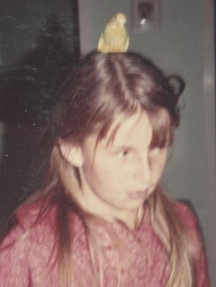 Ricky and me. Ricky and me. After seeing a beautiful photograph of a flock of budgerigars taken in central western Queensland, I knew I must include them in the novella I was writing, which was set there. Wild budgerigars are green and yellow, and zoom around in large flocks living on the arid and semi-arid grasslands and woodlands of outback Australia. The colours that have been bred into the domestic gene-pool though are amazing - grey, lilac, blue and white. I like yellow-faced blue ones. My family always had a pet budgie while I was growing up in Brisbane. This tradition began shortly after my parents arrived from England in the 1950s. A family friend who bred them helped my mother attain 'the budgie knowledge'. To be able to teach one to talk you are best off getting a male bird just out of the nest, and you must keep him away from other budgies so he wouldn't learn to chirrup. Following a succession of pet budgies - Peter, Paul, Lucky, Tiny and so forth - came 'Ricky', our last budgie and the one I remember most. He was green and yellow, and very tame. He lived for many years and was an outstanding fellow. He enjoyed flying around our large living room at night and would perch on my shoulder or head tweaking my hair, nibbling my earrings and talking in my ear. He said many words and phrases, as well as wolf-whistling - a bit of a lad! I'm not sure whether budgies are as popular as they used to be. People now seem to keep cockatiels and all manner of glamourous parrots as pets. Do you have memories of a pet budgie? Or have you seen flocks of them in the wild? Leave a comment, I would love to read your stories. 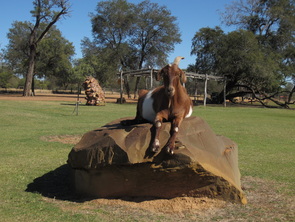 A friendly ambassador at the Blackall Wool Scour. A friendly ambassador at the Blackall Wool Scour. Recently I had the pleasure of visiting five western Queensland towns - Blackall, Barcaldine, Aramac, Isisford and Longreach. Each was different, with something that distinguished it from the others. As I'm interested in all things historical, I loved the Blackall Wool Scour, the Masonic Temple and the Memorial Park with its artillery pieces. At Barcaldine I admired the railway station building, was astonished by the Tree of Knowledge, intrigued by the Masonic Temple's exterior painting scheme, and loved the streetscape with its evocative old hotels, testament to its worker and wool history. Aramac is a small town that obviously loves its heritage. The main street has former banks with residences, and a handsome post office. The hospital is a beautiful building dating from 1910, and the school with its early buildings seems an oasis of calm. At Isisford, sited near a crossing of the Barcoo River, I found that a precursor crocodile fossil had been discovered nearby - Isisfordia duncani - and a replica can be seen at the Outer Barcoo Interpretation Centre in town. The former district hospital, dating from 1892, is still there, 70 years after nationalisation of all community-run hospitals in Queensland. You can fish in the famous Barcoo at Isisford, which must be pretty special. Longreach, of course, is the biggest of these towns - a mecca for grey nomads who fill the tourist park sites, and rightly so. The western central railway line comes to town, bringing other tourists drawn by the Stockman's Hall of Fame and the QANTAS founders' museum, and also by the many other attractions of this part of Queensland. Longreach has many heritage buildings including its railway station, a large Art Deco hospital dating from 1940, a large classically-inspired shire council building, and numerous examples of early houses - low-set and verandahed. I can't conclude without mentioning the amazing country between the towns - wide plains under a vast blue sky. I'm looking forward to visiting again. Next time I'll take the train to Longreach to see more of this amazing country along that route. Which towns in western Queensland do you think are great? Leave a comment - next week the author of the one I like the most will receive a copy of my historical rural romance - All Quiet on the Western Plains. |
Archives
June 2024
Categories
All
|
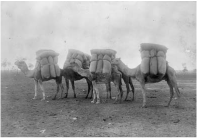
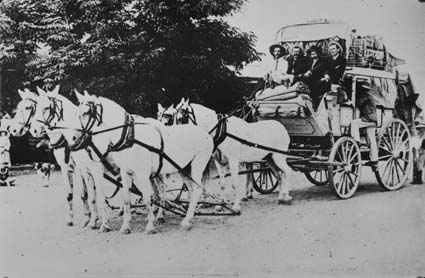
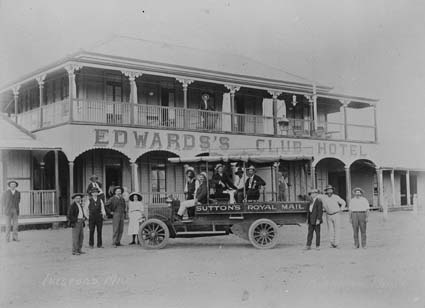
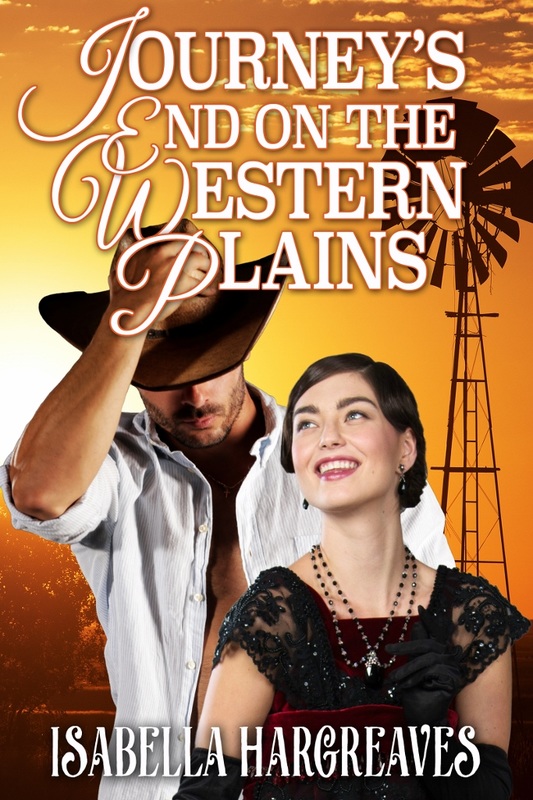
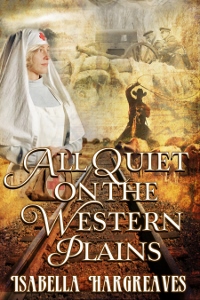
 RSS Feed
RSS Feed